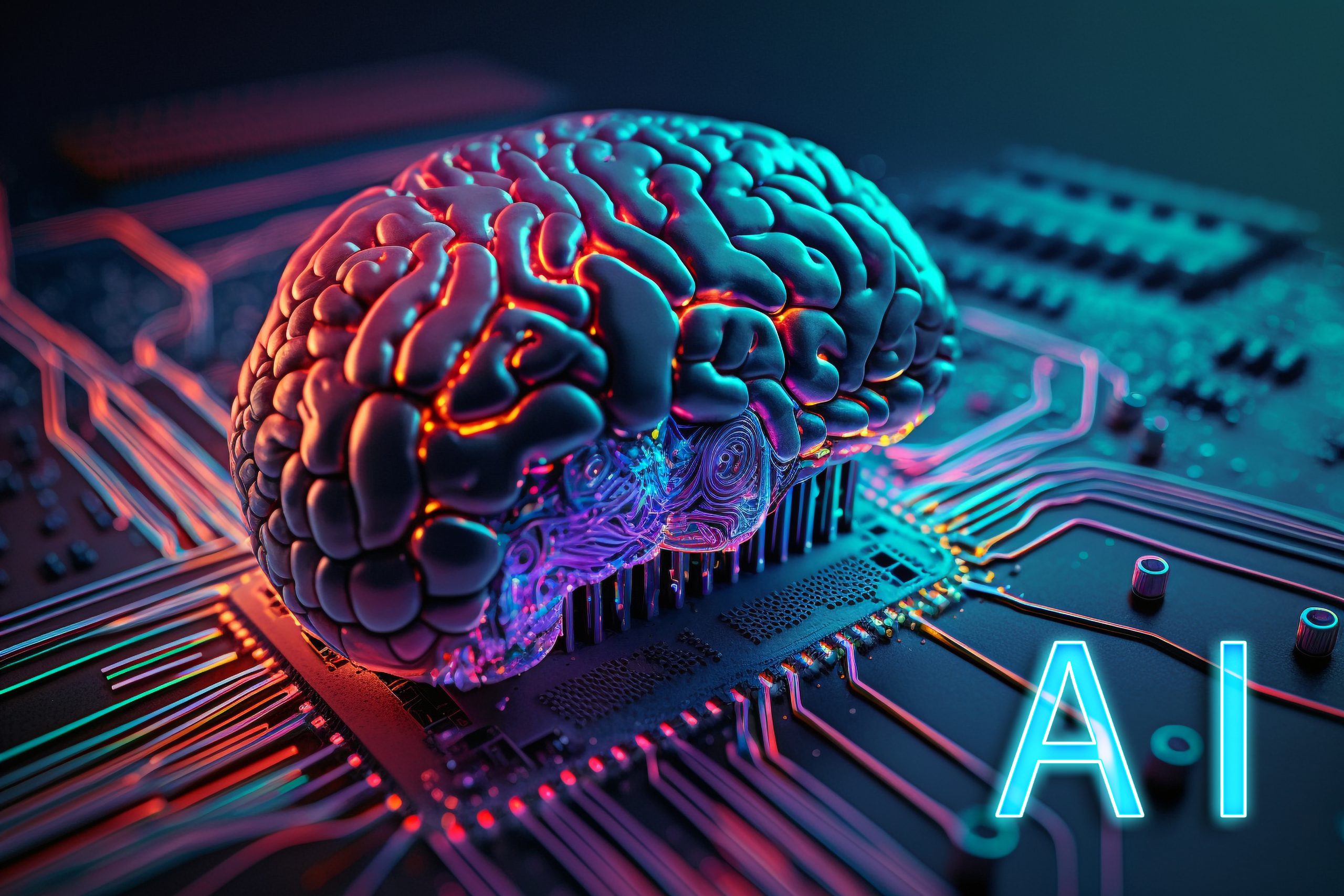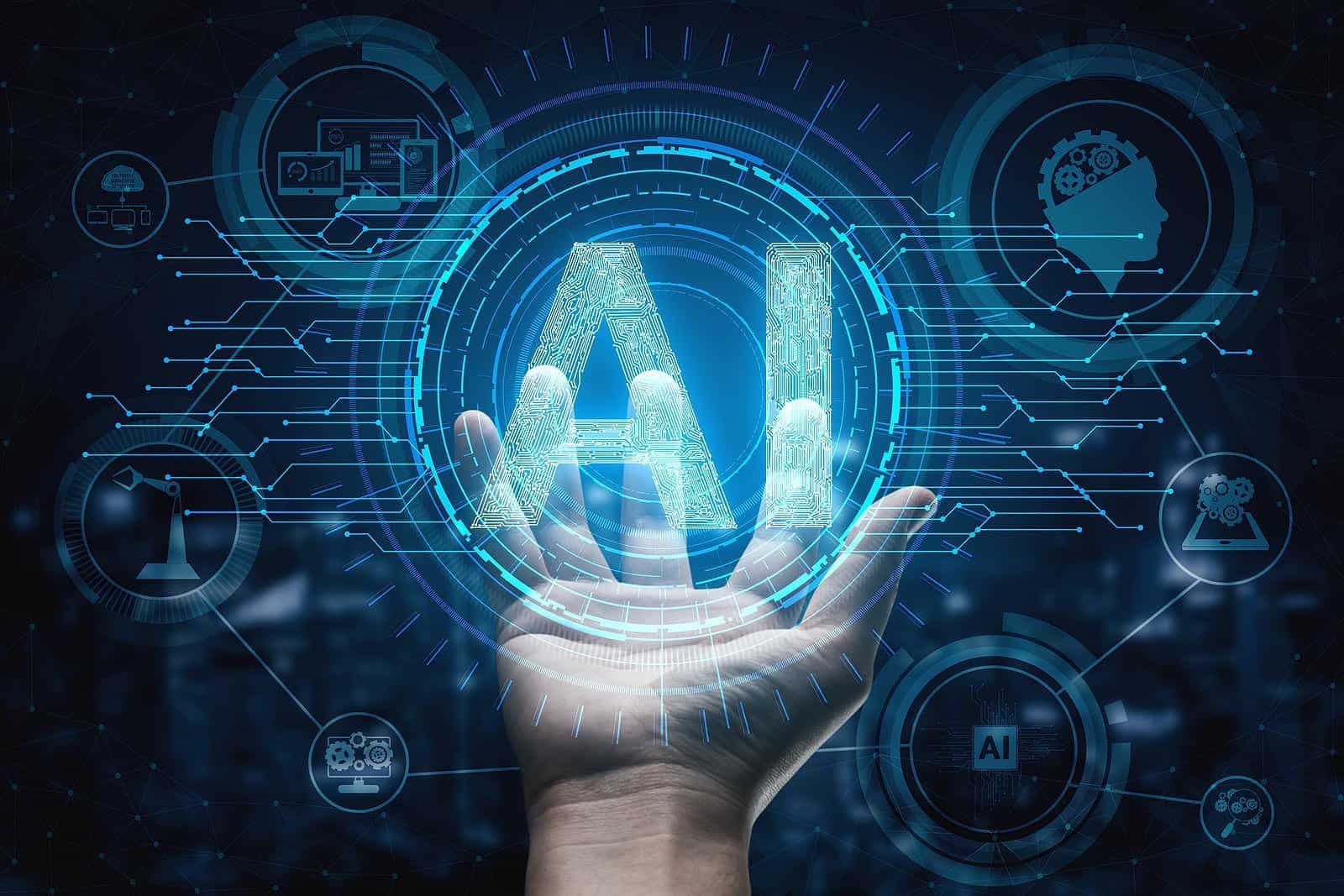
AI Short Story Makers: Unleashing Creativity or Automation?
Artificial intelligence (AI) has woven its way into various aspects of our lives, from healthcare and finance to transportation and entertainment. One of the most captivating applications of AI is its ability to generate creative content, including short stories. AI short story makers are software programs that use algorithms and natural language processing (NLP) to produce original stories based on user prompts or pre-defined parameters. These tools have sparked both excitement and skepticism, raising questions about the future of storytelling and the role of human creativity.
The Inner Workings of AI Short Story Makers
AI short story makers typically employ a combination of techniques to generate text. One common approach is to use recurrent neural networks (RNNs) or transformers, which are types of deep learning models trained on massive datasets of text. These models learn the patterns and structures of language, enabling them to predict the next word or phrase in a sequence. By feeding the model a starting prompt or set of keywords, it can generate a story that unfolds based on its learned knowledge.
Another technique used in AI short story makers is rule-based systems. These systems rely on a set of pre-defined rules and templates to generate stories. The rules specify how different elements of the story, such as characters, plot points, and setting, should be combined. While rule-based systems may not be as flexible as deep learning models, they can be useful for generating stories with specific themes or structures.
Benefits of Using AI Short Story Makers
AI short story makers offer several potential benefits to writers, educators, and enthusiasts:
-
Inspiration and Idea Generation: AI can help writers overcome writer’s block by generating new ideas and plotlines. By providing a starting point, AI can spark creativity and help writers explore different narrative possibilities.
-
Time Saving: AI can significantly reduce the time it takes to write a short story. Instead of spending hours or days crafting a story from scratch, writers can use AI to generate a draft quickly and then refine it to their liking.
-
Accessibility: AI short story makers can make storytelling more accessible to people who may not have the time or skills to write a story on their own. This can be especially beneficial for educators who want to engage students in creative writing activities.
-
Experimentation: AI can be used to experiment with different writing styles and genres. By generating stories in various styles, writers can learn new techniques and broaden their creative horizons.
Limitations of AI Short Story Makers
Despite their potential benefits, AI short story makers also have several limitations:
-
Lack of Originality: AI-generated stories can sometimes lack originality and creativity. This is because AI models are trained on existing data, and they may simply regurgitate or combine elements from those data.
-
Coherence and Consistency: AI-generated stories can sometimes suffer from coherence and consistency issues. This is because AI models may not have a deep understanding of the story’s context or characters, leading to plot holes or inconsistencies.
-
Emotional Depth: AI-generated stories can sometimes lack emotional depth and resonance. This is because AI models do not have the ability to feel emotions or understand the human experience.
-
Bias: AI models can be biased based on the data they are trained on. This means that AI-generated stories may reflect the biases present in the data, leading to stereotypes or offensive content.
Ethical Considerations
The use of AI in storytelling raises several ethical considerations:
-
Authorship: Who is the author of an AI-generated story? Is it the user who provided the prompt, the developer of the AI model, or the AI itself? This question has implications for copyright and intellectual property rights.
-
Plagiarism: Can AI-generated stories be considered plagiarism? If an AI model is trained on existing data, it may inadvertently generate stories that are similar to existing works.
-
Misinformation: AI can be used to generate fake news or propaganda. This can have serious consequences for society, especially if people are unable to distinguish between AI-generated content and real news.
-
Job Displacement: Will AI replace human writers? While AI is unlikely to completely replace human writers, it may automate some of the tasks involved in writing, potentially leading to job displacement.
The Future of AI in Storytelling
The field of AI storytelling is rapidly evolving, and it is likely that AI will play an increasingly important role in the future of storytelling. As AI models become more sophisticated, they will be able to generate stories that are more original, coherent, and emotionally resonant.
One potential future development is the use of AI to personalize stories. AI could be used to generate stories that are tailored to the individual reader’s interests and preferences. This could lead to a more engaging and immersive reading experience.
Another potential development is the use of AI to create interactive stories. AI could be used to generate stories that respond to the reader’s choices, allowing them to influence the plot and outcome. This could lead to a new form of storytelling that is more collaborative and participatory.
Conclusion
AI short story makers are powerful tools that can be used to generate creative content. They offer several potential benefits to writers, educators, and enthusiasts, such as inspiration, time saving, accessibility, and experimentation. However, AI short story makers also have several limitations, such as lack of originality, coherence, emotional depth, and bias.
The use of AI in storytelling raises several ethical considerations, such as authorship, plagiarism, misinformation, and job displacement. It is important to carefully consider these ethical issues as AI becomes more prevalent in storytelling.
The future of AI in storytelling is bright. As AI models become more sophisticated, they will be able to generate stories that are more original, coherent, and emotionally resonant. AI could also be used to personalize stories and create interactive stories, leading to a more engaging and immersive reading experience.
Ultimately, the success of AI in storytelling will depend on how well it is integrated with human creativity. AI should be used as a tool to augment human creativity, not to replace it. By working together, humans and AI can create stories that are more compelling and meaningful than either could create alone. The key is to strike a balance between leveraging the efficiency and capabilities of AI while preserving the human touch that brings stories to life. This synergy will shape the future of narrative creation and consumption.
